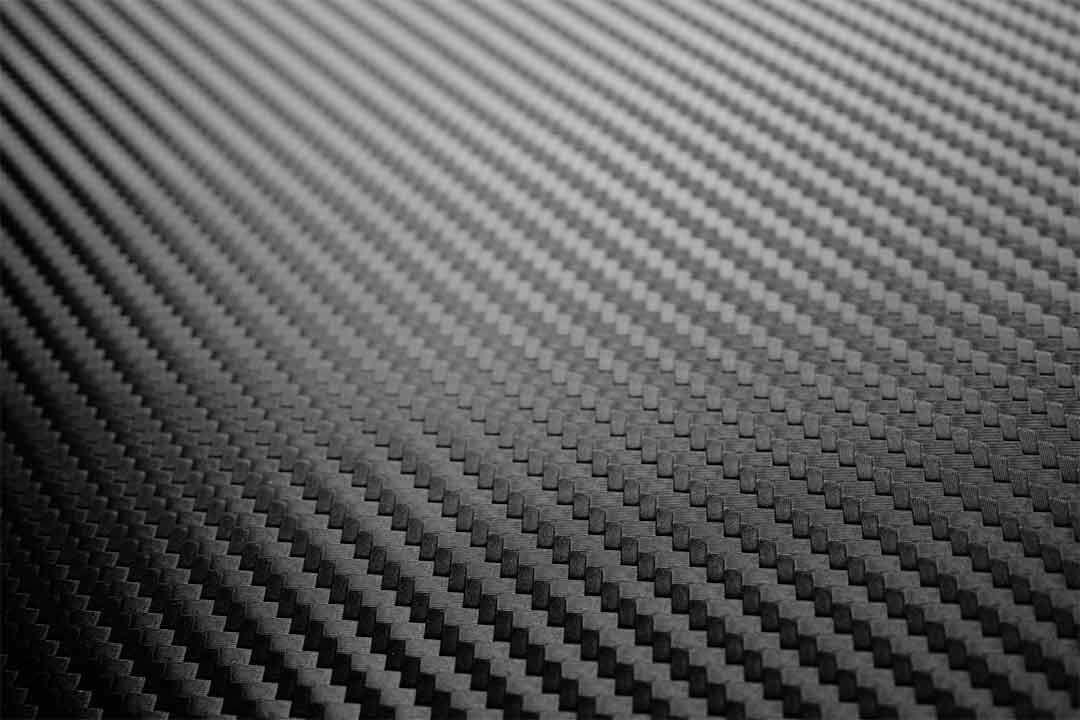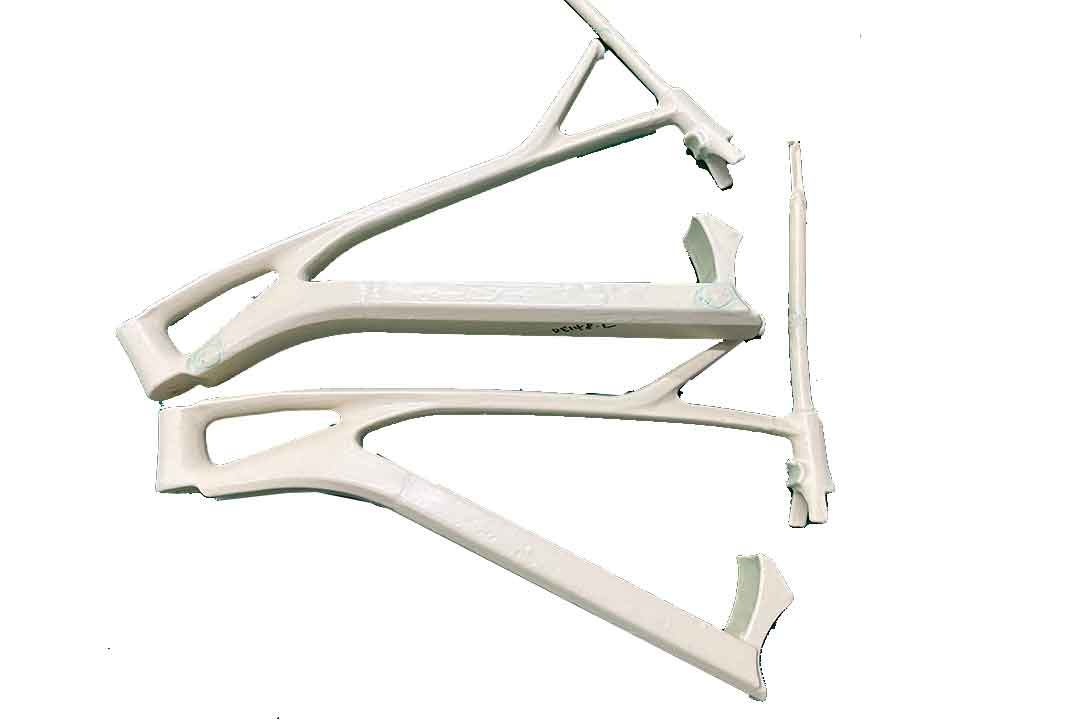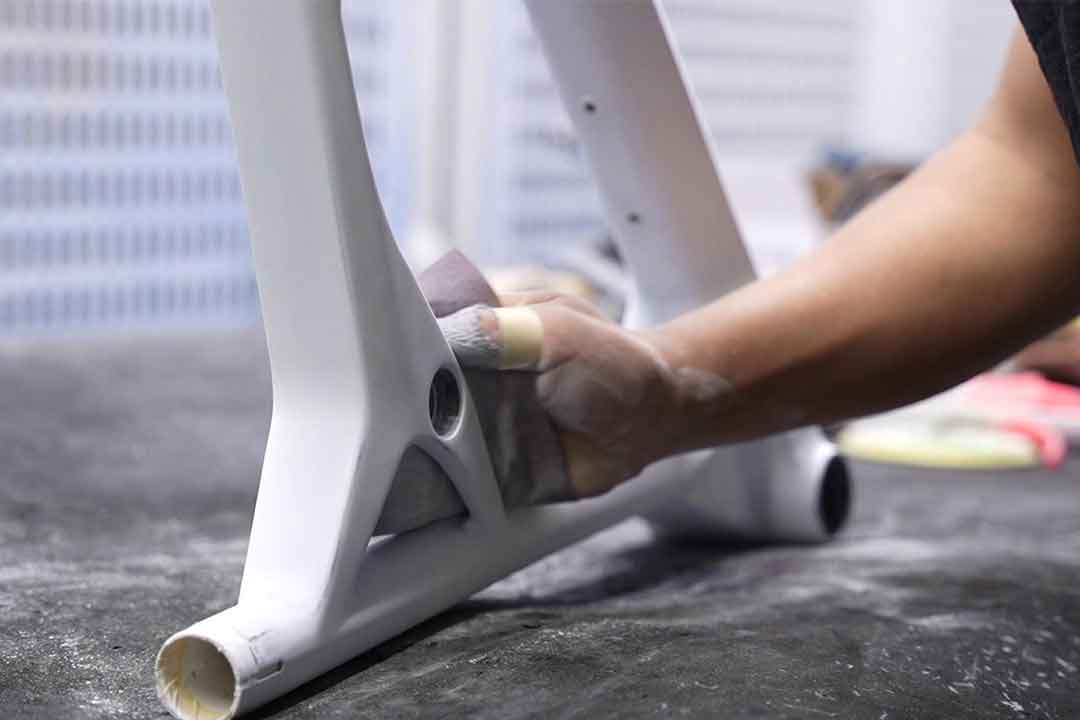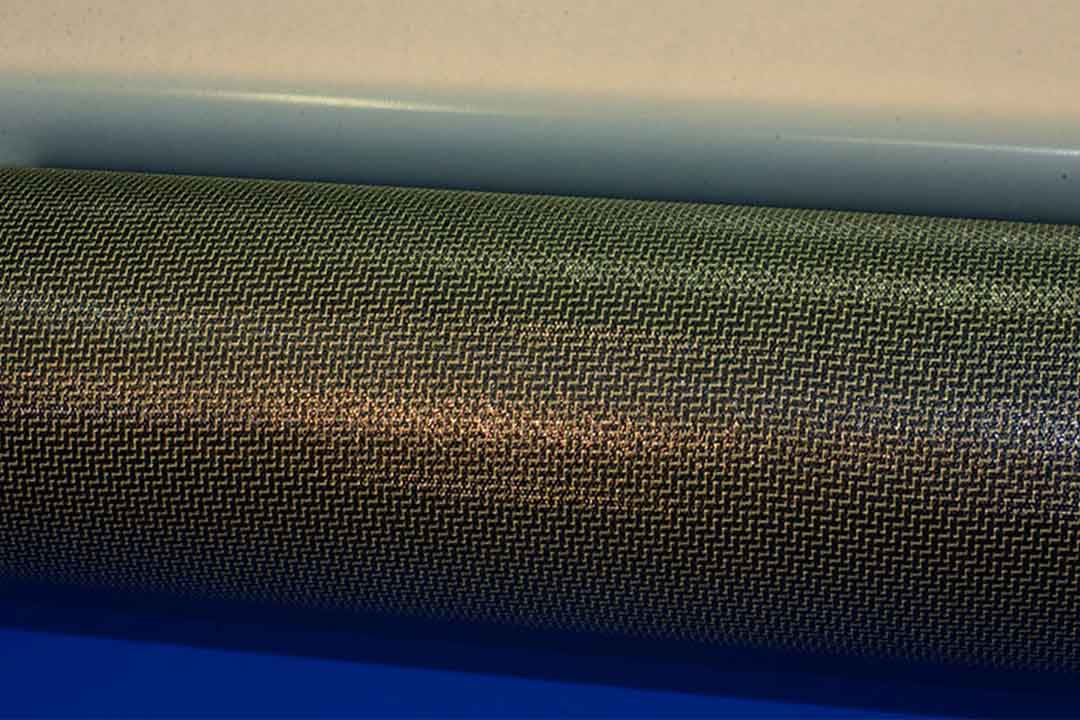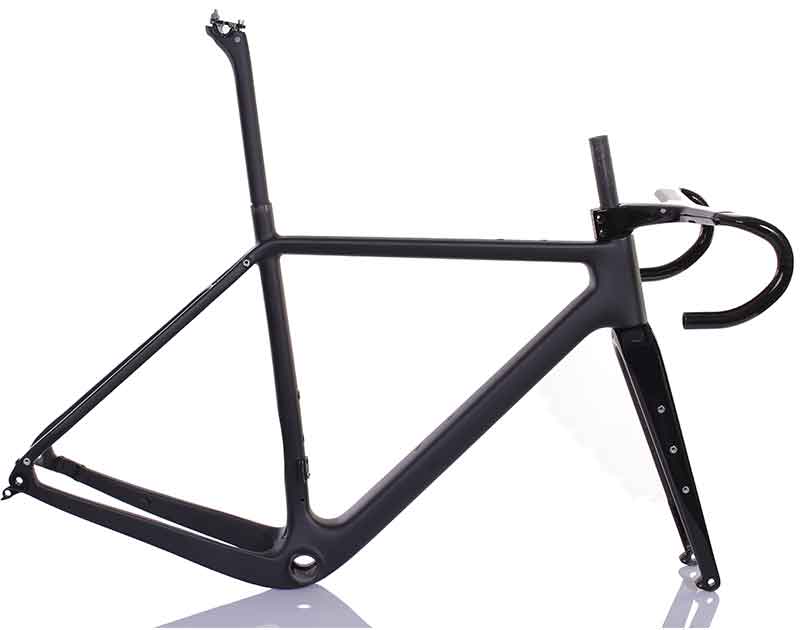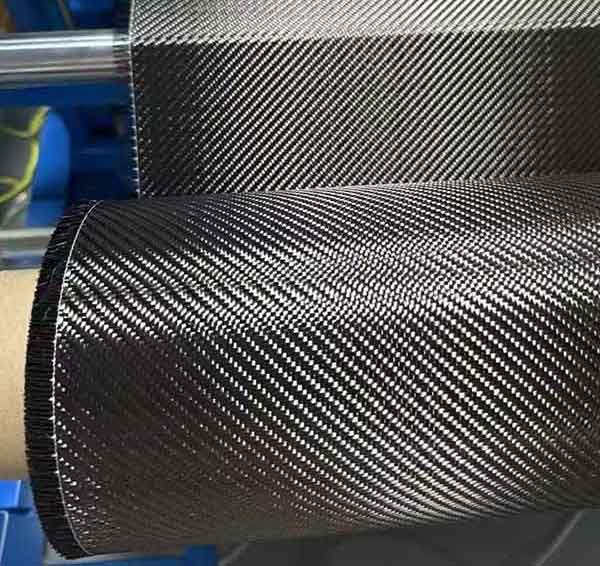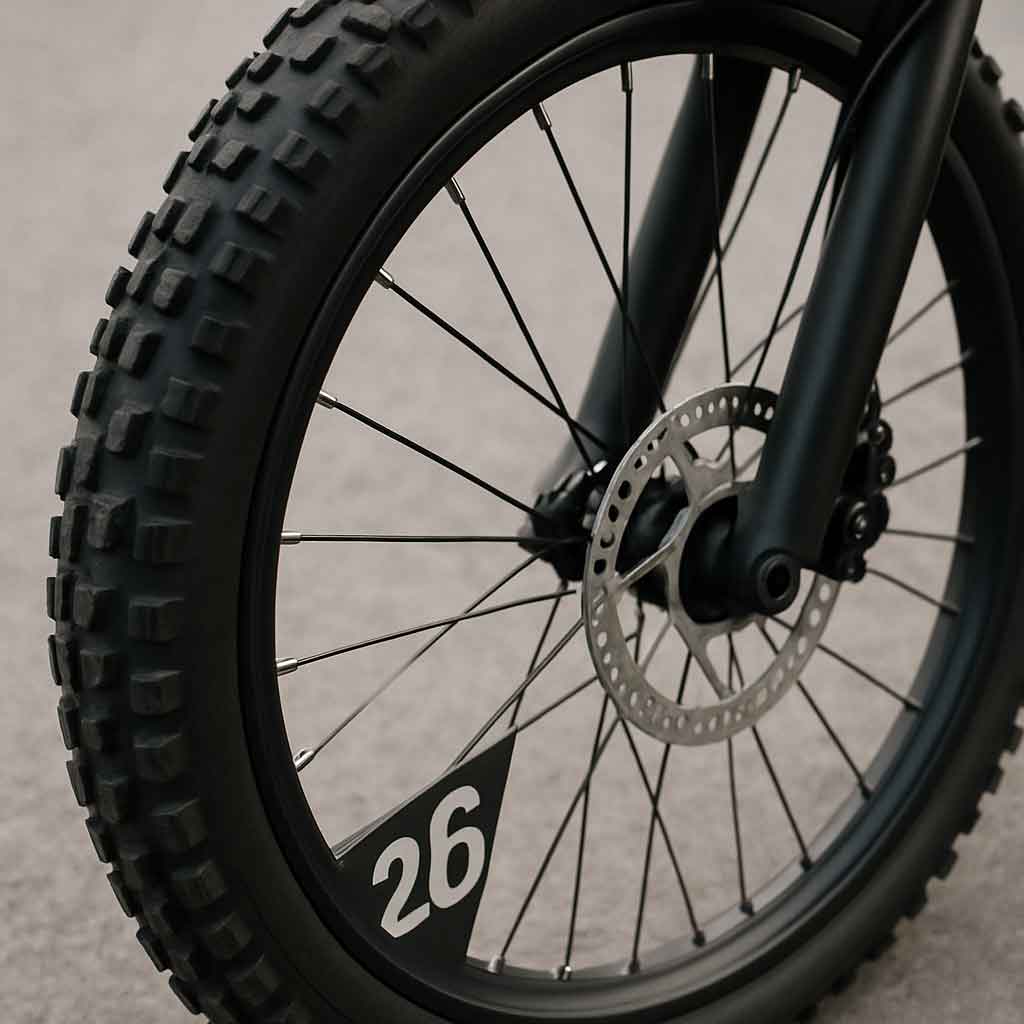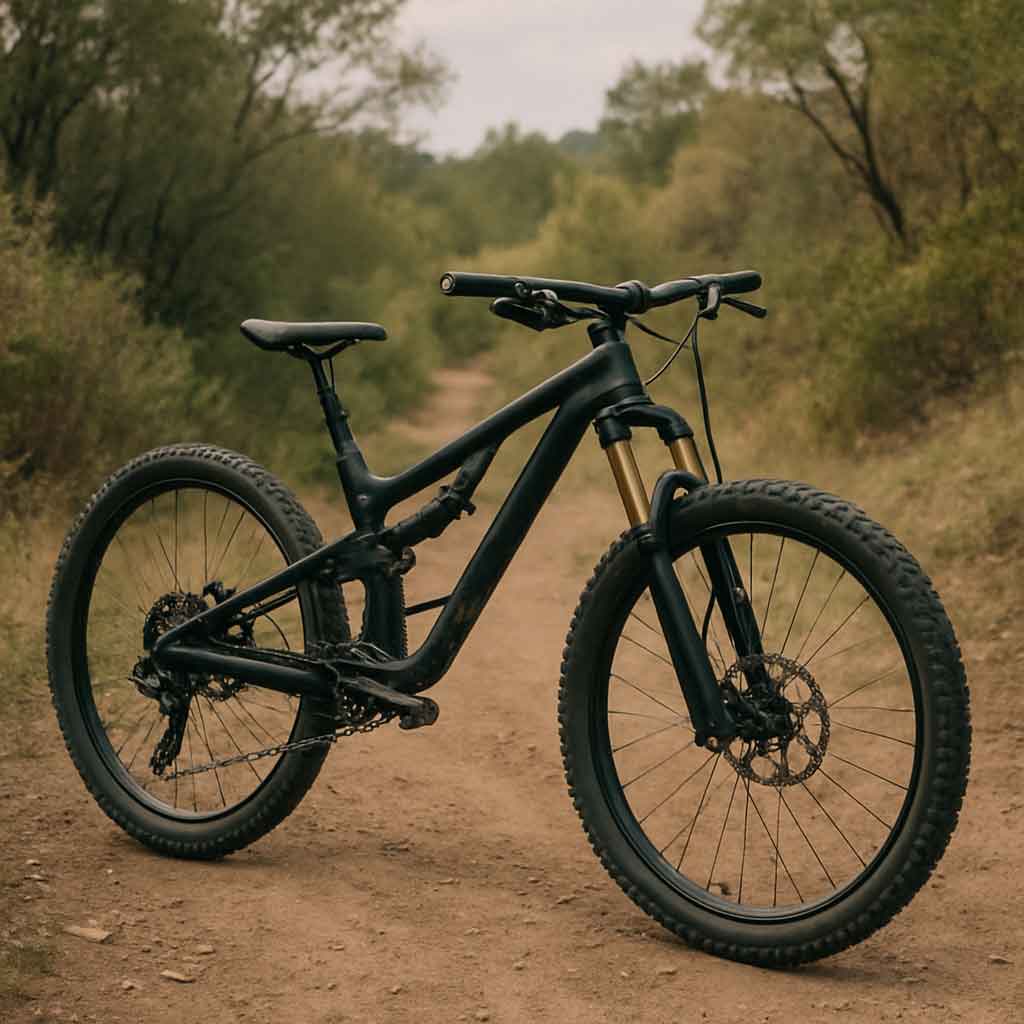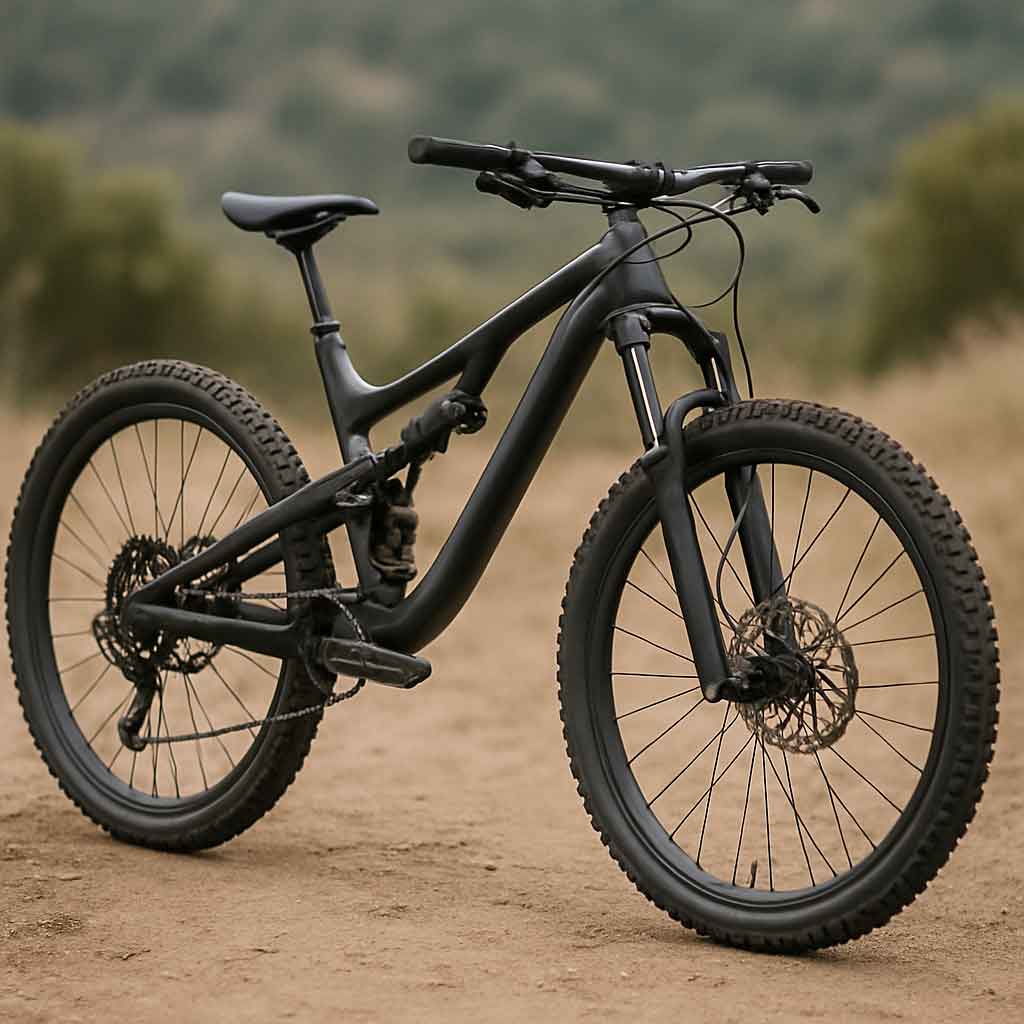Welcome to Mondince Bike - A well-known factory specialized in produce carbon bike frame and other parts since 2007.
The Carbon Gravel Revolution: Beyond the Hype and Into the Wild
The world of cycling is constantly evolving, but few trends have captured the imagination—and the market—quite like the rise of the gravel bike. And at the pinnacle of this all-terrain movement sits a machine that seems to defy physics: the carbon frame gravel bike.
Once dismissed as an overkill for dusty paths or a fragile luxury, carbon fiber has proven itself to be the perfect material for the modern adventurer. It’s not just about saving weight; it’s about crafting a ride experience that is uniquely versatile, incredibly comfortable, and thrillingly responsive. This isn't just another bike category—it's a redefinition of what a single bicycle can be.
Why Carbon? The Unseen Engineering Marvel
Most discussions about carbon fiber start with weight, and for good reason. A carbon gravel frame is significantly lighter than its aluminum or steel counterparts, making it easier to accelerate, climb, and carry over hike-a-bike sections. But the real magic of carbon lies not in what you can measure on a scale, but in what you can feel on the trail.
-
Engineered Vibration Damping: This is carbon's superpower. Unlike metal, which transmits high-frequency vibrations directly to your hands, feet, and seat, carbon fiber has a natural ability to absorb these buzzes and rattles. On a washboard gravel road or a choppy singletrack, this translates to dramatically reduced fatigue. You arrive fresher, can ride longer, and are more in control. It’s a qualitative leap in comfort that transforms all-day epics.
-
Unmatched Stiffness-to-Weight Ratio: "Stiffness" in a bike frame isn't about a harsh ride; it's about efficiency. When you put power into the pedals, a well-designed carbon frame translates more of that energy directly into forward motion, with minimal flex. This means explosive acceleration out of corners and a direct, connected feel when you're grinding up a steep, loose climb. The frame is light, but it's also telepathically responsive.
-
The Art of Layup and Compliance: This is where the true artistry of carbon frame design comes to life. Engineers don't just make a carbon mold; they strategically lay individual sheets of carbon fiber, orienting the strands to manipulate the frame's properties. They can create a stiff bottom bracket and chainstays for power transfer, while designing thin, flex-oriented seatstays and forks to act as leaf springs, soaking up bigger bumps. This targeted compliance is something metals struggle to achieve with the same finesse.
The Gravel Bike as Your "Quiver-Killer"
The carbon gravel bike's greatest strength is its chameleon-like ability to adapt. It’s the one bike that can credibly do it all.
-
The Endurance Road Machine: Swap the knobby tires for a set of 32mm slicks, and your carbon gravel bike transforms into a lightning-fast endurance road bike. The geometry is often more relaxed than a pure race bike, making it perfect for long, comfortable miles on tarmac. The weight penalty over a dedicated road bike is often negligible, especially for non-racers.
-
The Bikepacking Adventurer: With a plethora of mounts for bottles, bags, and racks, modern carbon gravel frames are built for journeys. The lightweight frame means you can carry gear without turning your bike into a tank. The compliant ride ensures you can tackle rough, remote roads for days on end without being beaten up.
-
The Singletrack Explorer: With slack geometries, dropper post compatibility, and clearance for wide, 50mm+ tires, many carbon gravel bikes blur the line with hardtail mountain bikes. They offer a lively, nimble alternative for flowing trails, encouraging a playful and engaging riding style.
Durability: Busting the Carbon Myth
The perception of carbon as fragile is perhaps its most persistent myth. The reality is that a quality carbon gravel frame is exceptionally durable.
-
Impact Resistance: While a sharp, direct rock strike can damage any material, carbon fiber's composite nature allows it to absorb and dissipate impact energy better than metals, which tend to dent. A crash that might dent an aluminum frame often leaves a carbon one unscathed.
-
Fatigue Life: Unlike metal, which can fatigue over time with repeated stress cycles, carbon fiber has an nearly infinite fatigue life. If it isn't damaged in a crash, it will not wear out from use.
The key is purchasing from a reputable brand that offers a strong warranty and has a proven track record in carbon manufacturing.
Is a Carbon Gravel Bike Right for YOU?
Choosing carbon is an investment in ride quality and versatility. It's the ideal choice if:
-
You value comfort and want to reduce fatigue on long, rough rides.
-
You're a performance-oriented rider who appreciates snappy acceleration and efficient power transfer.
-
You believe in the "one-bike quiver" and want a single machine that can handle road, gravel, and light trails with a simple tire change.
-
You are a bikepacker looking to minimize weight without sacrificing capability.
You might consider other materials if your primary concern is budget, or if you prioritize the field-repairability of steel on a multi-year, round-the-world tour where welding is more accessible than specialized carbon repair.
The Final Verdict: More Than Just a Material
A carbon frame gravel bike is more than just a bicycle; it's a statement of intent. It’s for the rider who refuses to be pigeonholed, who sees a map not as a series of defined roads, but as a web of possibilities. It represents the pinnacle of modern cycling technology—not for the sake of being high-tech, but for the sublime ride experience it delivers.
It’s the whisper of efficiency on a morning road ride, the silent cushion over a rutted farm track, and the confident surge of power on a climb to a mountain vista. In the carbon gravel bike, you don’t just find a machine; you find freedom.


